Key Takeaways:
- Regulatory-grade healthcare data meets rigorous standards for accuracy, completeness, and security, making it essential for clinical research, regulatory compliance, and patient safety.
- This data supports the entire lifecycle of healthcare product development, from preclinical research to post-market surveillance.
- Achieving regulatory-grade data requires meticulous validation, adherence to global standards, and high data integrity to drive safer, more effective healthcare solutions.
Real-world data (RWD) describes data derived from a variety of observational sources that reflect routine clinical practice. These sources include electronic health records (EHRs), wearables, and registry data, among others. Real-world evidence (RWE) refers to the evidence generated through the aggregation and analysis of RWD.
RWD provides insight into the usage, effectiveness, and safety of products in real-world settings and has emerged as a critical asset for fueling innovation and enhancing patient outcomes. Not all data, however, meets the same standards. Regulatory-grade data—characterized by its stringent validation, accuracy, and adherence to protocols set by regulatory bodies worldwide—stands apart as indispensable for compliance, research, and patient safety. In this article, we examine the qualities of regulatory-grade data and why it is important in healthcare research.
The Foundation: What Defines Regulatory-Grade Data?
Regulatory-grade data refers to RWD that fulfills the strict standards required for regulatory approvals, clinical research, and public health initiatives. This type of data supports all stages of product development and is characterized by its reliability, thoroughness, and adherence to rigorous protocols that withstand the scrutiny of regulatory agencies such as the Food and Drug Administration (FDA) in the United States, the European Medicines Agency (EMA) in the European Union (EU), and other global entities.
Achieving regulatory-grade data requires processes that ensure high levels of data integrity, validation, and adherence to privacy laws. These processes ultimately produce a trustworthy foundation for high-stakes decisions impacting patient care and health outcomes.
The Importance of Regulatory-Grade Data
RWD can support the regulatory lifecycle but must be reliable and meet specific standards. Here are some key reasons why:
- Ensures Data Integrity and Reliability
Regulatory-grade data undergoes rigorous validation and verification to ensure its integrity, providing stakeholders with confidence that it can be trusted for high-stakes decisions, such as evaluating product safety. - Drives Clinical Research
Data consistency and accuracy are crucial for obtaining reliable research outcomes. Regulatory-grade data allows for robust analysis, enhances reproducibility, and helps reduce research costs. - Promotes Patient Safety and Public Health
Data that meets regulatory standards supports informed decisions in areas like pharmacovigilance, where monitoring for adverse effects is essential to ensure patient safety and advance public health goals.
Core Components of Regulatory-Grade Data
To meet regulatory standards, healthcare data must satisfy criteria in data quality, security, and traceability. The key components include:
- Data Validation and Verification
Data used in healthcare research must undergo rigorous validation and verification to confirm its accuracy and consistency. These processes are essential for ensuring the data accurately reflects real-world conditions, supporting high-quality research, regulatory submissions, and reporting. - Adherence to Regulatory Standards
Regulatory-grade data aligns with established standards, such as those from the International Council for Harmonisation (ICH), FDA, and EMA. Compliance with these standards is critical to streamlining approval processes and maintaining regulatory compliance across different regions. - Data Privacy and Security
Regulatory-grade data must meet stringent privacy and security standards, as outlined in regulations such as the Health Insurance Portability and Accountability Act (HIPAA) in the United States and General Data Protection Regulation (GDPR) in the EU. Ensuring data is securely stored, processed, and transmitted not only protects patient confidentiality but also mitigates risks of unauthorized access or data breaches. - Traceability and Transparency
Traceability allows organizations to track data across its lifecycle—from initial collection and storage to final use and dissemination. This level of transparency is crucial for identifying and addressing any data inconsistencies or anomalies quickly, and it fosters trust with regulatory bodies and the public by demonstrating accountability in data handling.
Challenges in Achieving Regulatory-Grade Data
Attaining regulatory-grade data is a complex endeavor that demands precision and substantial resources. Key challenges include:
- Resource Intensiveness
Ensuring data meets regulatory standards is resource-intensive, requiring investments in technology, training, and specialized personnel. RWD sources often face the challenge of balancing these requirements with budget constraints, particularly when regulatory requirements evolve frequently. - Navigating Complex Global Regulations
Each regulatory body has its own standards and expectations, which can vary significantly across regions. Meeting the requirements of multiple jurisdictions—such as the FDA andEMA—demands careful planning and a thorough understanding of global regulatory frameworks. - Maintaining Data Quality Amid High Volumes
With the rise of digital health technologies, RWD is being generated at unprecedented rates. Although this influx of data has immense potential, it can also introduce quality control challenges. Maintaining regulatory-grade quality in this dynamic environment requires robust data management practices and continuous monitoring. - Data Interoperability
Regulatory-grade data needs to be compatible across different platforms and systems to facilitate its reuse and sharing. However, harmonizing data formats, standards, and vocabularies remains challenging, especially as data sources expand.
The Future of Regulatory-Grade Healthcare Data
As healthcare becomes increasingly data-centric, the demand for regulatory-grade data is expected to rise. Emerging technologies, like artificial intelligence (AI) and blockchain, hold potential for improving data validation, traceability, and efficiency. For example, machine learning algorithms can help analyze data for compliance, while blockchain can enhance data security and traceability.
Additionally, global regulatory bodies are working to standardize RWD regulations, which may simplify the path to achieving regulatory-grade data across different jurisdictions. Initiatives from the International Council for Harmonisation and other agencies reflect steps toward harmonizing data standards, potentially streamlining the regulatory process on a global scale.
Conclusion
Regulatory-grade data meets the high standards of quality, integrity, and compliance. By adhering to regulatory standards,it supports safe and effective healthcare solutions, enables valuable clinical research, and supports all stages of product development. As healthcare continues to evolve, regulatory-grade data will remain essential for ensuring patient safety, fostering public trust, and driving innovation in the field.
References
- U.S. Food and Drug Administration. (2024). Real-World Evidence. Retrieved from https://www.fda.gov/science-research/science-and-research-special-topics/real-world-evidence
- European Medicines Agency. (2024). Real-World Evidence. Retrieved from https://www.ema.europa.eu/en/about-us/how-we-work/big-data/real-world-evidence
- International Council for Harmonisation. (2024). Pursuing Opportunities for Harmonisation in Using Real-World Data to Generate RealWorld Evidence, with a focus on Effectiveness of Medicines. Retrieved from https://admin.ich.org/sites/default/files/2024-06/ICH_Reflection%20Paper_RWE_2024_0521_EndorsedbyICHAssembly_2024_0604.pdf


